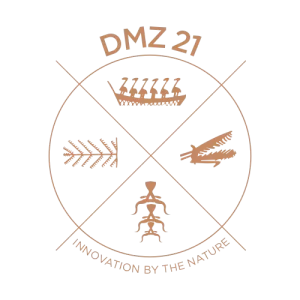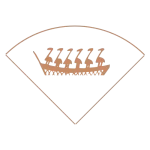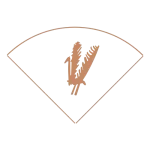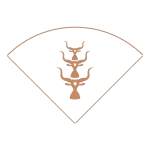In summary, most of the scenes in clay-painted motifs engraved on pots produced in the prehistoric settlement of Domuztepe will be seen as mythological figures in cuneiform documents after about 3-4 thousand years. In a way, Domuztepe figures are the beginning of mythology.
DMZ 21 X Terra Denim
Back To The Roots!
DMZ 21 is abbreviation for Domuztepe, which is an archaeological excavation site in our motherland Kahramanmaras, BC7500 our ancestors settled and founded very first villages in Anatolia.
These people were artist, engineers and designers we see that on pottery remains. One of the most important characteristic of Domuztepe was colored pottering, there are archers, dancers, buildings, animals and more.
Almost on every pottery remain we found archaeologically important symbols shows nearly the same carvings on Göbeklitepe monoliths. We believe that same culture followed site to site.

This settlement gives us highly impressive clues about our roots, which are the reference points of the entire TERRA DENIM collection. Not only the pottery but also the colors and drawings on them show us the great potential hidden across these lands. The use of clay in these foundings has been our origin and we have used their genius guidance while innovating TERRA DENIM.
As Maritaş Denim, we are happy to sponsor the discovery in this land that has been waiting to announce its own story all this time with the TERRA X DMZ-21 Project.

DMZ-21 Symbol Terminology

Tholos
Tholos, a Greek designation in archeology, symbolizes a type of building. Images of these buildings in Domuztepe were painted with clay paint on vases. Storks are mostly perched on the roofs of buildings. Migratory birds such as storks were very important to the people of that period in terms of showing the time of departure and return to the plateau.

Semah
Turn of the crane motifs depicted with clay paint were observed on the vases. In today’s Anatolian folklore, the first examples of the dance scene include the turn of the crane called Semah.

Tuba
The tree motif is another element frequently seen on Domuztepe vessels. It is understood that these trees, especially thin-leaved and singular, are “pine”, “juniper” and “birch”. This motif, which has a wide place in Anatolian and Middle Eastern mythologies and constitutes the first examples of the Christmas Tree today, is seen for the first time in Domuztepe as a clay paint decoration in Stone Age art.

Bucrania
The bull is the most frequently depicted animal of all ages. Bull heads, defined as bucrania in archeology, were frequently used as paint decorations on clay pots of Domuztepe. It was the symbol of the Tengri in Anatolian and Middle Eastern mythology.